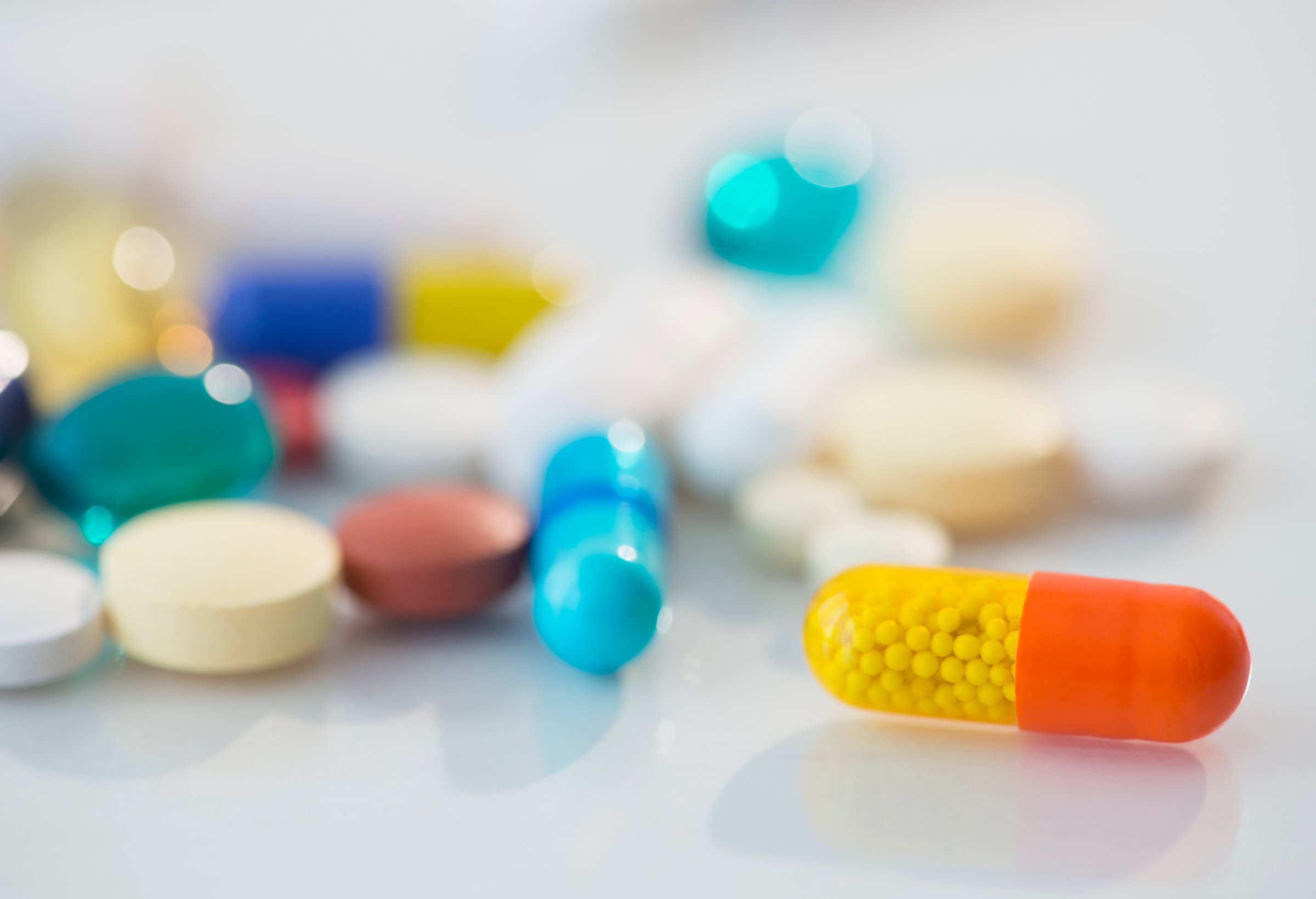
How to get rid of leftover medication is a tricky question—keep it around and it can get into the wrong hands, but dispose of it improperly and you risk contaminating the environment.
That’s why in the past, the U.S. Drug Enforcement Administration (DEA) has held National Prescription Drug Take-Back Day. Last April, the DEA reported that it collected 780,000 pounds of prescription drugs, and during the event on Sept. 27, a single county in Virginia dropped off 1,200 pounds of drugs. But even though half a ton of drugs for one county is certainly a coup, it was the last event of its kind—because soon, through an innovative new program, Americans will be able to safely abandon their unused pills at any time.
The DEA first recognized the leftover pill problem because the Controlled Substances Act had no outlined provisions for how people could get rid of their unused or expired prescription drugs. According to the DEA, people would keep them in their medicine cabinets (which made it possible for them them to be abused), toss them in the trash or flush them down the toilet. The latter method was discovered to contaminate water supplies.
In 2010, the Drug Disposal Act gave the DEA the authority to create a framework for how the general public and facilities could dispose of prescription pills properly and safely. On Sept. 9 the regulations were approved, and the DEA says it will start implementing the plan in early October. The new regulations allow Americans to get rid of their excess drugs at pharmacies or police departments with drop-off receptacles. Patients will also be able to grab envelopes from places like hospitals that they can use to mail their pills to authorized collectors, who will make sure the pills are properly incinerated. “It will be more convenient because once these rules are implemented, then people can do it all the time,” a DEA spokesperson told TIME.
The number of Americans abusing prescription drugs has dropped in the last couple years, but the DEA says the 6.5 million people who reportedly abused prescription drugs in 2013 is double the number of people who use hard drugs like cocaine, heroin, LSD and Ecstasy combined.
More Must-Reads from TIME
- Why Trump’s Message Worked on Latino Men
- What Trump’s Win Could Mean for Housing
- The 100 Must-Read Books of 2024
- Sleep Doctors Share the 1 Tip That’s Changed Their Lives
- Column: Let’s Bring Back Romance
- What It’s Like to Have Long COVID As a Kid
- FX’s Say Nothing Is the Must-Watch Political Thriller of 2024
- Merle Bombardieri Is Helping People Make the Baby Decision
Contact us at letters@time.com